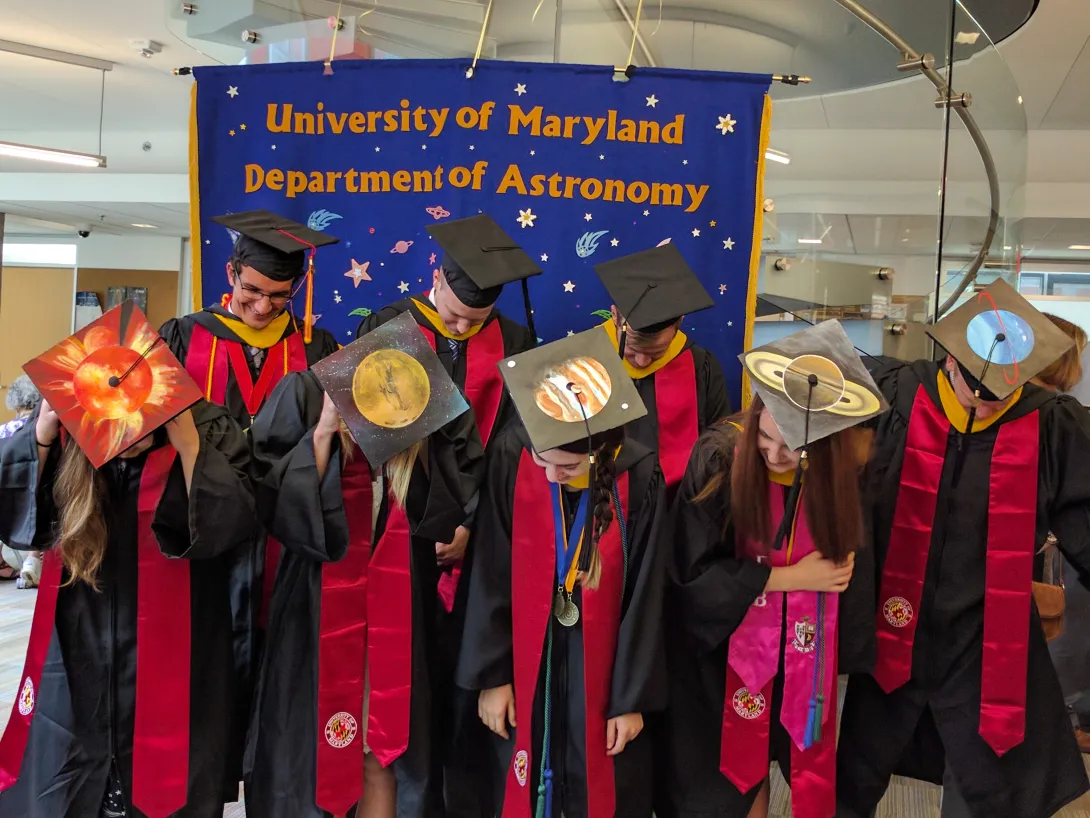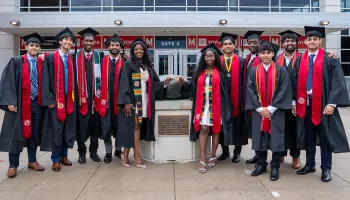
Undergraduate Program
Study Astronomy @ UMD
Prepare for a career in science, industry or government.
Our Degrees
Undergraduate Life
Undergraduate News

"There are a lot of really great research topics here at Maryland and professors that are doing active research in those fields. I’ve had a lot of great experiences with professors that want me to succeed and have pushed me to succeed."
Aneesh Anandanatarajan, Astronomy and Physics Dual-Degree Student
Learn more about Aneesh












